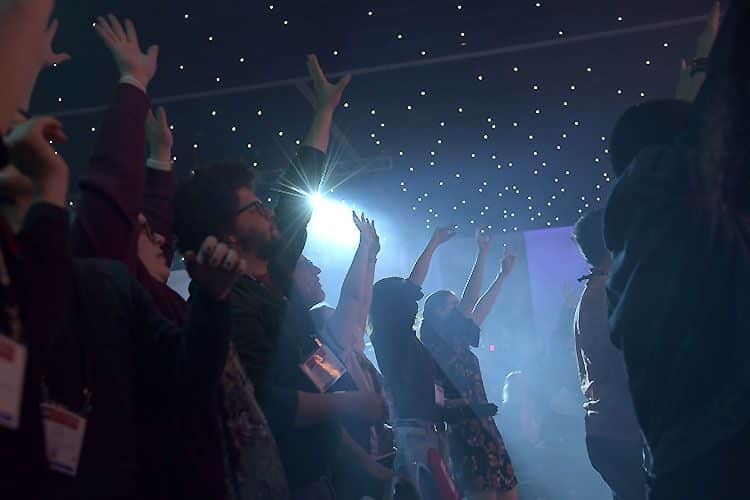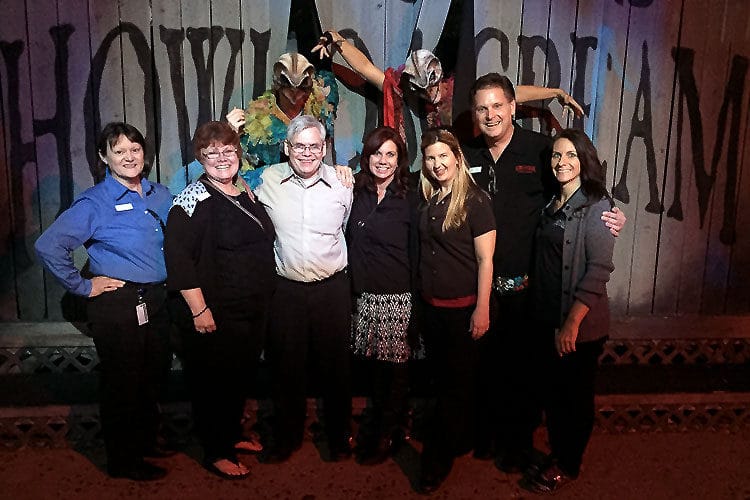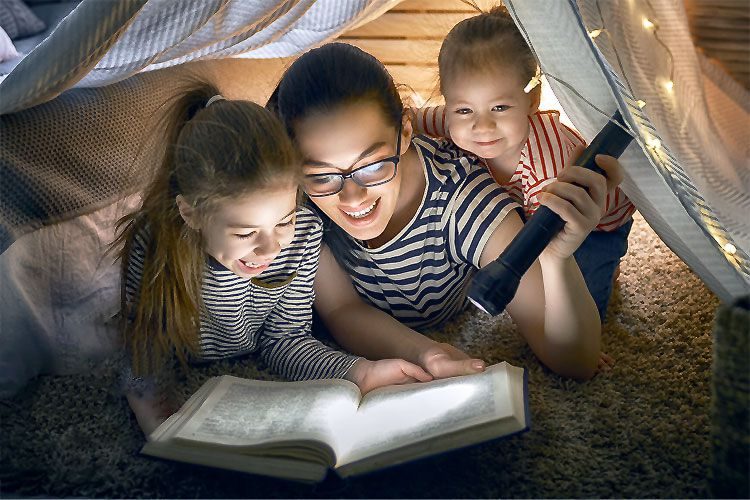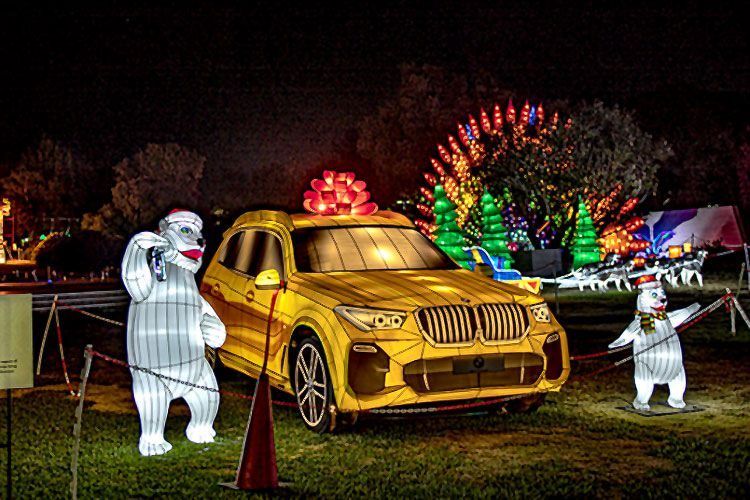The Performer & the Audience - a Changing Relationship
How to engage the audience of tomorrow using technology and performance
By Philip Hernandez
Audience engagement is what we’re all striving for. “How do I engage my audience?” is the million-dollar question. There’s no one answer, but there are two popular approaches: interactive performance and technology.
Attractions are offering increasingly interactive performance as one solution to the engagement challenge. Interactive performance isn’t new, but it’s becoming more advanced. On one end are the ‘scripted call-outs’ and audience participation of the last several decades. On the other is the complete guest agency seen in the past few years.
Regardless of where you fall on the scale, the increase in interactive performance is changing the performer/audience relationship. And it will continue to change. Performers break the fourth wall and guests expect to partake in experiences—the relationship is shifting from watching to doing.
Technology is another trending solution for enhancing engagement. New technology provides tools for conveying a story and for allowing guests to play a role. It allows tracking and real-time adjustments on a personal level.
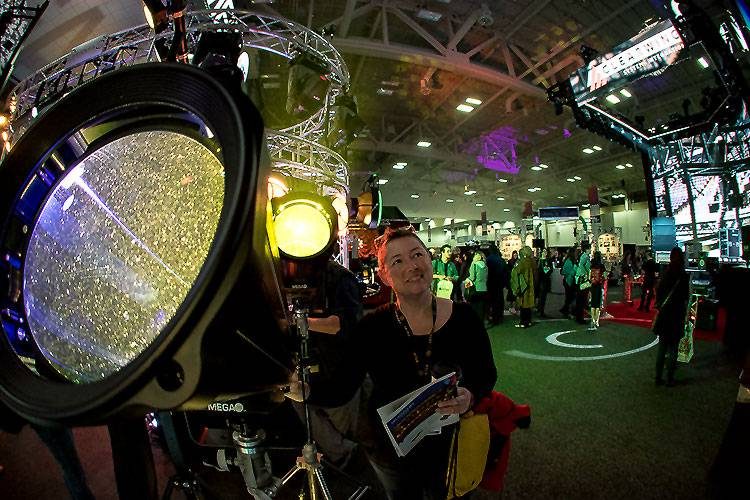
Whether these are the best solutions or just the most popular answers, the fact remains that interactive performance and technology impact audience engagement. To engage the audience of tomorrow at your attraction, you’ll need a good grasp of what’s involved in each of these approaches.
Interactive performance and technology are large topics, so we brought in experts to help. In this article, representatives of USITT discuss how interactive performance and technology impact audience engagement and what you can do about it.
The United States Institute for Theatre Technology (USITT), founded in 1960, is an organization to promote dialogue, research, and learning among practitioners of entertainment, theatre, and performing arts professions involved in design, production, and technology. USITT’s mission is to be a prominent leader of theater and entertainment design, management, and technology through sponsoring conferences, exhibitions, awards, publications, and research. USITT is dedicated to the professional development of those who are an integral part of the performing arts and entertainment industry. The Institute is a nonprofit organization headquartered in Syracuse, New York.
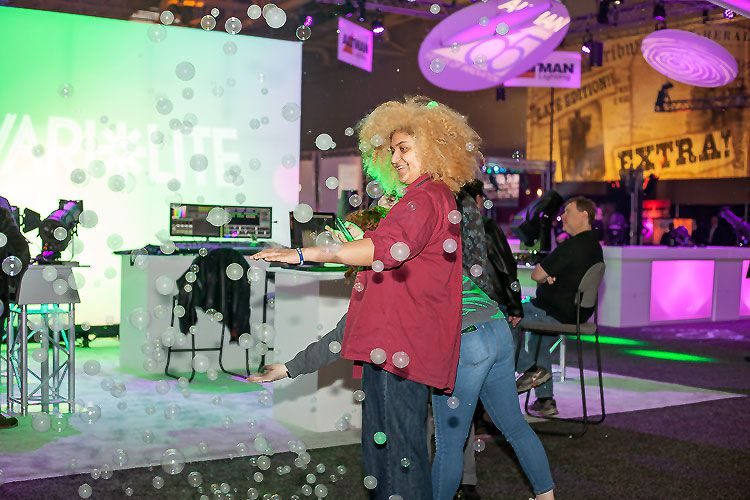
The Modern Definition of “Theater”—Permeable, Transparent, and Fluid
First, we must expand a definition. We can’t understand audience engagement without expanding the definition of “theater.” In today’s world, theater ranges from theme parks to weddings—and all performances require tools to maximize the potential of that venue. “We say we’re theater technology, but, really, it’s entertainment technology. Wedding planners need lighting, sound, and décor, because they’re putting together a show as much as any stage production is,” said David Grindle, Executive Director at USITT.
Jack Feivou, Vice President for Conferences at USITT added, “What we all do here is create experiences that touch us as a human. There are experiences in which we go through a museum, read about what we’re seeing, and understand it, but I think live entertainment—where you engage with another human in real-time, is essential. It’s also hard to do.”
To Vickie Scott, Vice President of Exhibitions at USITT, theater, designing for theater, and technology for theater is anything that has some performance element. “It’s anything that entertains us, makes us think, starts a conversation, and moves us all forward as thinking, feeling individuals,” she said. “Performance is transforming. It’s becoming more permeable, more transparent, and more fluid than what some of us older folks think of as traditional theater.”
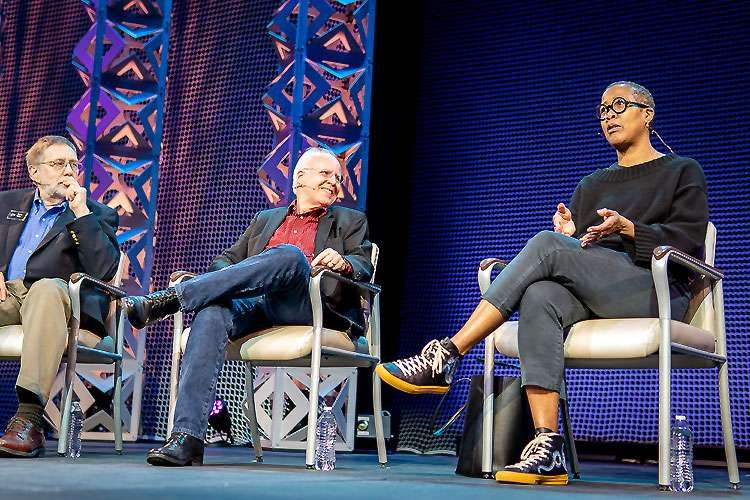
Engaging the Audience of the Future
Now that we have a better grasp of today’s theatre, let’s return to audience engagement and expand on our two trends.
1 Interactive Performance.
a. Elements central to the trend:
i The vanishing fourth wall.
ii The growth of immersive experiences.
iii Scripting the story as it unfolds.
2 Technology
a Elements central to the trend:
i Technology changes how audiences interact with and digest experiences.
ii Moving away from pre-programmed entertainment to that which factors in human creativity.
Understanding these trends allows you to prepare for and master this evolving performer-audience relationship, leverage the technology that enhances that relationship, and address the skills gap. Let’s explore each trend deeper.

Interactive Performance
For decades, most entertainment was passive. Interactive entertainment wasn’t available on a wide scale. Audience members sat in a seat and passively watched something take place in front of them on a stage or a screen. Haunted attractions—beginning with the neighborhood haunted house—were some of the first audience-participation performances. Carnival rides are another, although most carnival rides—with the exception, again, of the spooky train ride through a mansion filled with scary spirits—had no cohesive theme or story.
Interaction was the first iteration of audience engagement. The audience members did something, and this often involved physical interaction with their surroundings, even if only in the form of walking or riding on some vehicle through a particular environment.
The Vanishing Fourth Wall
“Audiences can perfectly accept the idea of theater as a fourth wall, the willing suspension of disbelief, and all of that, but they want more. They want something that touches them and involves them. I see our industry going more and more in that direction,” said Scott. “The driving force from the next generation of artists, collaboratives, and creators is an experience that’s much more permeable—and, in some ways, much more transparent. That not only suggests but requires greater involvement of your audience,” observed Scott.
Moving into Immersion
‘Immersion’ is a buzzword that refers to several elements—an overarching narrative, themed fabrication, environments that react in real-time to decisions, and audience agency. In many themed entertainment venues, audience members play an active role in the story and become enveloped in a self-contained world. The envelopment erases the line between the observer and observed. One of USITT’s goals is to provide tools and information—i.e., the technology—that allows performance venues to create the human-to-human connection by involving the audience in co-creating the experience.
Scripting the Story as It Unfolds
Scott believes attractions and events of all types will see more and more of not just audience-determined but, sometimes, audience-scripted performance. Designers and technicians must be fluent in dealing with this—which involves being prepared to through many scene or story options based on the audience directive for what should happen next. “As a lighting designer, as a scene designer, as a sound designer, or as a projection designer, how are you going to react to that?” asked Scott. “On some level, it’s a lot more like building a show for a live event where you have a basic framework, but you’re not sure how it will happen. One thing we’re pushing more and more is for students to learn how to do that on the fly.”
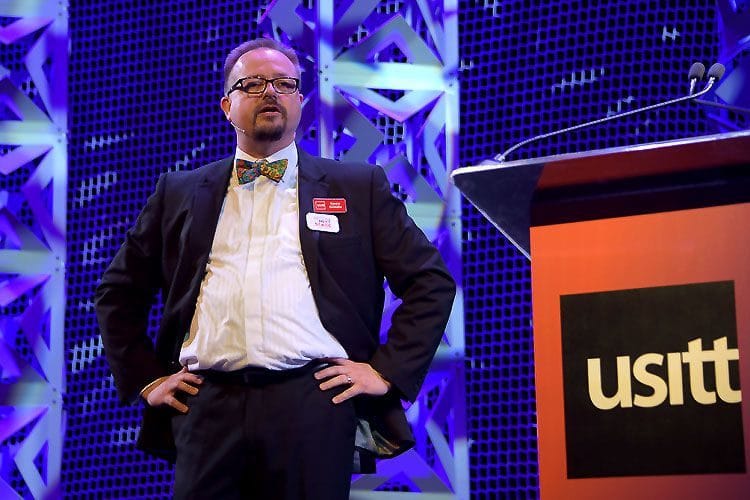
Technology
Part of what has driven the changing relationship between the performer and audience is technology. “What was the technology in each decade that propelled us forward? I’d argue that from 2000 to 2010, what drove us forward was the mobile phone. The digital world came to us in that decade, and that changed everything we do,” said Grindle. But, he points out, it isn’t a case of new technology replacing old. He emphasized that we must realize there’s room on the stage of tomorrow for a 17th-century, backlit drop. The new technology doesn’t negate the old, and it’s just as important. Grindle quotes Tupac Martir, Creative Director at Sartore Studio and Sartore Tech: “All of this technology is just another brush in the painter’s palette and, if you don’t know which one to use when, you just don’t get the art anyway.”
The beauty of the stage of tomorrow, said Grindle, is that, oddly enough, it’s a lot like the stage of 2000 years ago. It’s a big open space. This is where USITT is headed as an organization—to celebrate and embrace the idea that it’s not about where the technology is used that makes it theater technology, it’s how theater technology is used on an ever-expanding ‘stage,’ said Grindle.
Scott agreed. She remarked that what the entertainment industry is learning about technology—which theater has known for decades—is that just because it doesn’t say, “This is for theater,” doesn’t mean theater and other types of performance shouldn’t use it. “It’s alternate methods and alternate materials all melding together,” said Scott.

Technology Changes How Audiences Interact with and Digest Experiences
USITT realizes it’s necessary to provide the opportunity for the audience to experience live entertainment the way they want to digest it. “You need to figure out how to do that, or you will lose your audience,” said Feivou. “At many attractions, people wait in lines, so you want to give them something to do. Part of that is interacting through a piece of technology, which not only adds to their enjoyment but helps to tell a better story—which should begin even before they arrive at the attraction. If we can help people expand the story of live entertainment to include the time before and after the audience leaves the theater, they will have more connection to that brand.” Feivou believes there’s still a role for traditional theater—a performance on a stage and a passive audience being told a story—because that’s been built into our DNA since we were cavepeople, but it’s important to understand what your audience wants and how you can you give them what they want, he noted.
The Shift Away from Pre-Programming
In some ways, technology is circling back almost 180 degrees from where it began, observed Scott. When she started learning how to do manual lightboards and presets, there was a lightboard operator who was counting, feeling, and sensing the rhythm of the show. “Then this capability moved into computer lighting control, where it’s the same every single time,” said Scott. “On the one hand, this is great, because it saves producers money—after the initial outlay for equipment—because there’s no longer a need for all those operators. However, it becomes sterile in some ways, because it’s just ones and zeros. The computer drives it as opposed to having the heart and soul of a collaborative artist behind it,” she said.
“What we’re moving back toward now is more heart and soul. As a lighting designer, a lighting technician, a sound designer, a sound technician, or a production designer, how do you deal with this as a human being and an artist? Where’s the soul, where’s the art, where’s the interaction? When we’re using technology to interact, it seems almost antithetical to ask, ‘Where’s the human being?’ But human beings are driving the technology, and the confluence of all of that is fascinating,” said Scott.
The goal of human-driven technology is to create morphing, audience-specific experiences. Scott continued, “We’re setting the action. Here we’re building the action, here’s the climax of the action, and here’s the resolution. Each of us has to understand—as an artist, a designer, a board operator, a stage manager, a performer, or whatever—how to take that journey. It varies with every audience, it varies with every experience, it varies from a matinee to an evening show, and we have to be cognizant of that. We go to a level that’s not just interdependent but codependent, because we’re all creating the art together. The process and the product depend on so many different individuals, and all those individuals, in their way, become collaborative artists.”
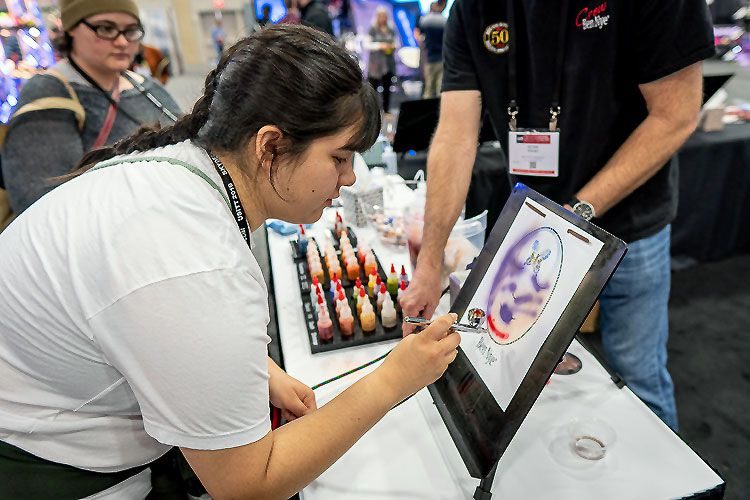
USITT Offers Help in Navigating the Evolving Performer-Audience Relationship
The evolving performer-audience relationship means the training and hiring process in entertainment must change. “All of us at USITT—no matter our title—are here to help someone solve a problem. Every person who contacts us has a different expectation, a different experience that they’re looking for,” said Grindle. “We want to be a place as an institute where we come together and collaborate to talk about the tools we can use and the best way to tell a story.”
“We at USITT aren’t trying to solve the problems of the world. We’re trying to put the right people in the room to help give members and students the right tools so they can say, ‘I know how to figure this out now.’ It’s an environment where that open communication can happen,” said Feivou.
“It’s not about the professor standing up in front of the class and lecturing,” added Scott. “It’s a conversation that drives us and moves us forward.”
Addressing the Skills Gap
The rapid changes in entertainment technology have left a skills gap—not only in terms of technical expertise but in skills that support those responsible for creating and producing performances. USITT is addressing the need for enhanced soft skills to care for the people involved in putting on performances. In performance and theater education, USITT has identified the key components for carrying out this goal as diversity, collaboration, transparency, and equality.
“If you look over the last 25 years, leadership has changed. It isn’t, ‘I tell you what to do and you do it’ anymore. It’s a partnership with the people you lead. University training provides students with technical skills, but it doesn’t train leadership skills or taking care of people emotionally,” said Feivou. We focus USITT on helping people understand and take care of their colleagues who are under stress when they run a show, he continued. “Who’s talking about that, who’s leading that conversation so that we can address those aspects of safety and health?”
Feivou thinks this discussion follows naturally with the idea of diversity, which he defines as new ways to help people. “We need to give them a safe place to come and do their craft. This organization and the network this organization brings together is a key leader in doing that. Nobody else brings the diversity of not just people but the diversity of entertainment opportunities—theaters, theme parks, cruise lines, restaurants, special events, and the umpteen other ways in which we think of entertainment. This is the one organization that talks to them all, gives them a voice, and helps them share best practices to make everything better,” said Feivou.
Scott agrees. “USITT serves such a large variety of individuals. People are doing theme parks and escape rooms and music and theater for education. The constituency is so broad that we have to know of all of those things, not only the genre and area of interest but everyone from students to veterans of the industry.”
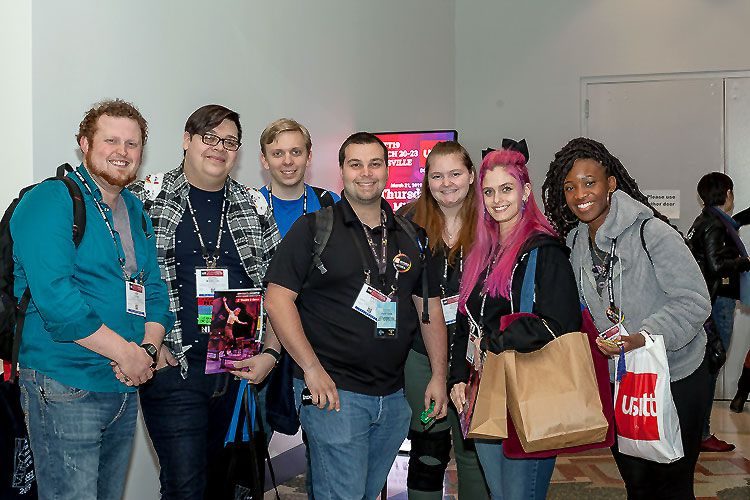
A Safe Place to Share Experience and Skills to Solve Problems
“There are things that will make the industry better if we talk about them as an industry, but you’re not going to have Disney and Universal sit down at a table together and share trade secrets. They’ll share with USITT things important for the industry, and thus everybody gets to learn from that knowledge. We provide a safe place to do that. It’s not about trade secrets. It’s about common concerns,” said Feivou.
Conclusion
Both the definition of theater and the role and expectations of the audience are transforming. There’s no longer a performer and an audience—entertainment is everywhere we look, and audiences expect to be entertained wherever they are. For attractions and other entertainment venues, this is both exciting and challenging. It demands constant attention and education about audiences and the possibilities of performance—which are leveraged by technology. The key to success in this fast-changing environment is engagement—establishing that human-to-human connection.
USITT’s 60th Year
USITT promotes and supports research and development to create the theater of the future. The organization holds masterclasses and symposia on everything from lighting to costumes to sound to digital media to automation to business skills and marketing. A wide variety of online courses are available through its INNOVA programming.
Beginning in 1961, USITT has had an annual conference each year. The conference focuses on workshops that help educate attendees on various aspects of theatre. USITT has a Stage Expo, in which companies showcase their products for attendees. USITT also offers many opportunities for students to present their portfolios for review and to become familiar with programs offered by universities and colleges around the country.
“In our 60th year, we’re hoping to set the stage for not just the future of technology but the future of the individuals who use that technology. Diversity, equity, our constituency, our membership, and those that we serve are all very much a part of all of our thinking and planning. We’re celebrating our history, but we’re also beginning to lay the foundation for the next 60 years,” said Vickie Scott, Vice President of Exhibitions.
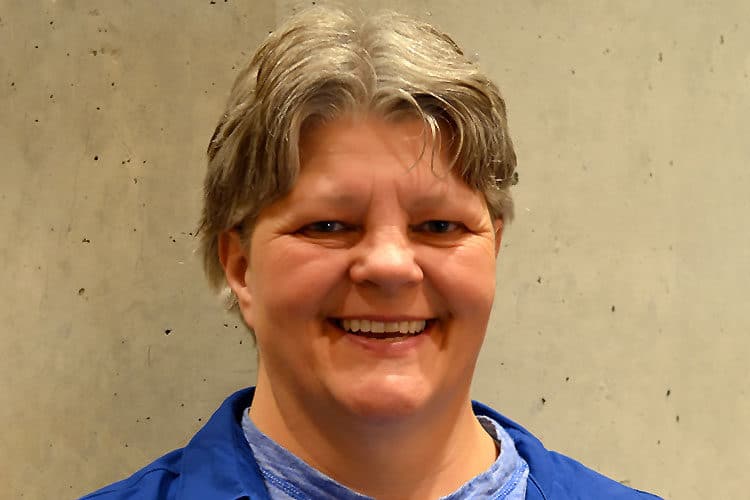
What’s New at USITT
The Digital Media Commission is a new program at USITT that provides the opportunity for dialogue and the exchange of information about innovation and trends in projection design and related technologies and artistic expressions including, but not limited to, video design, digital media, interactive media, and new media as it relates to theater and the live entertainment industry. The Commission provides a forum for projects and programs that promote education and the advancement and practical application of design, technology, and recommended practices in the field.
What’s Planned at USITT for 2020
Cover the Walls
Cover the Walls is a non-juried exhibit in which USITT designers present their work on a 32-square-foot, four-foot-by-eight-foot vertical format. Presenters receive a blank space (mirror clips, hangers, and push pins are provided), and the rest is up to them. The resulting exhibit is an eclectic montage of professional and student designs, paper projects, crafts, and more.
This exhibit allows presenters to exchange ideas and design approaches with fellow USITT members, fostering an intimate atmosphere focused on design and implementation.
“In these shows, we see a variety of productions and a variety of artistic mindsets in terms of approach. There’s everything from traditional, full-blown opera to escape rooms to small interactive spaces to video installations to triggered lighting,” said Vickie Scott, Vice President of Exhibitions at USITT.
Young Technicians’ Forum, Young Designers’ Forum, and YDMT Awards
The Young Technicians’ Forum (YTF) brings together talented students with established shop heads, technician/artisans, and designers for a review and discussion of the student’s work. Similarly, in the Young Designers’ Forum (YDF), professional designers and directors review and discuss students’ work from those related fields. The next YTF Forum will take place in Houston, Texas from April 1-4, 2020.
The Awards for Young Designers, Managers, and Technicians in the Performing Arts, known throughout USITT as the YDMT Awards, bring recognition and support to young designers, managers, and technicians at the beginning of their careers. Sponsors make the awards possible.
The United States Institute for Theatre Technology (USITT), founded in 1960, is an organization to promote dialogue, research, and learning among practitioners of entertainment, theatre, and performing arts professions involved in design, production, and technology. USITT’s mission is to be a prominent leader of theater and entertainment design, management, and technology through sponsoring conferences, exhibitions, awards, publications, and research. USITT is dedicated to the professional development of those who are an integral part of the performing arts and entertainment industry. The Institute is a nonprofit organization headquartered in Syracuse, New York.
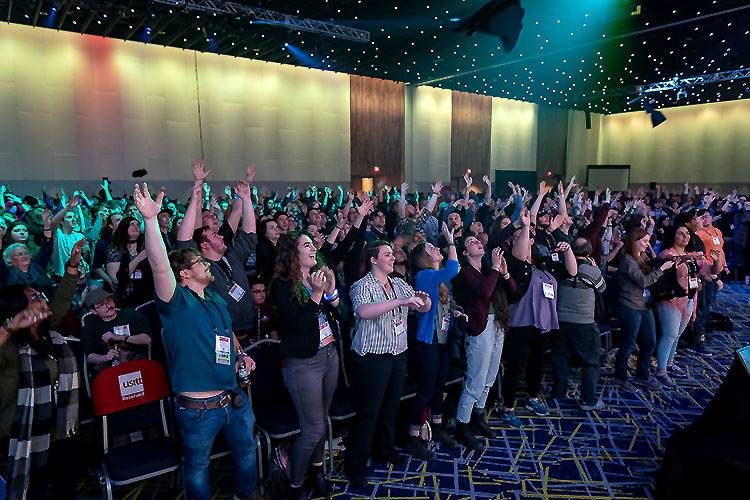
Key Takeaways:
- The relationship between the performer and the audience is changing, and all attractions that rely on story must address the performer/audience dynamic. Audience engagement is what we’re all striving for.
- “How do I engage my audience?” is the million-dollar question. There’s no one answer, but there are two popular approaches: interactive performance and technology.
- Elements central to the Interactive Performance trend are the vanishing fourth wall, the growth of immersive experiences, and Scripting the story as it unfolds.
- Elements central to the Technology trend are changes in how audiences interact with experiences and the shift away from pre-programming.
- We can’t understand audience engagement without expanding the definition of “theater.” In today’s world, theater ranges from theme parks to weddings—and all performance requires tools and technology to maximize the potential of that venue.
- The rapid changes in entertainment technology trends have left a skills gap—not only in terms of technical expertise but in skills that support those responsible for creating and producing performances of whatever kind.
- One of USITT’s goals is to provide tools and information—i.e., the technology—that allows performance venues to create the human-to-human connection by involving the audience in co-creating the experience.
Action Plan for Seasonal Attractions:
- How do you engage the audience at your attraction? List out each touchpoint.
- How is technology used at your attraction? Is the technology contributing to audience engagement?
- What training do you provide your performers? Do you offer training targeting engagement?
- What trends does your survey data show in terms of guest expectation?
- How do you plan to alter performance or technology to improve engagement?
About The Author
Philip Hernandez
Philip Hernandez is a freelance writer, speaker, producer, and marketer specializing in Seasonal Attractions.
In 2018, Philip became the CEO at Gantom Lighting & Controls, a manufacturer of the world’s smallest DMX LED lighting. Gantom is used in every major theme park worldwide to illuminate where other fixtures cannot.
Since 2014 Philip has published Seasonal Entertainment Source magazine (SES), a quarterly print publication for the seasonal attraction professional. SES ships to readers in over 18 countries.
Philip operates the Haunted Attraction Network (HAN), the largest global media entity for the haunted attraction industry. HAN includes written content, videos, a series of podcasts, and the Haunt Design Kit brand.
Philip produces the Leadership Symposium for Seasonal Attractions, a masterclass series for seasonal attraction professionals. Watch more here.
Philip co-hosts the ‘Marketing your Attraction’ podcast monthly. Listen here.
Contact Philip for projects here: [email protected]
